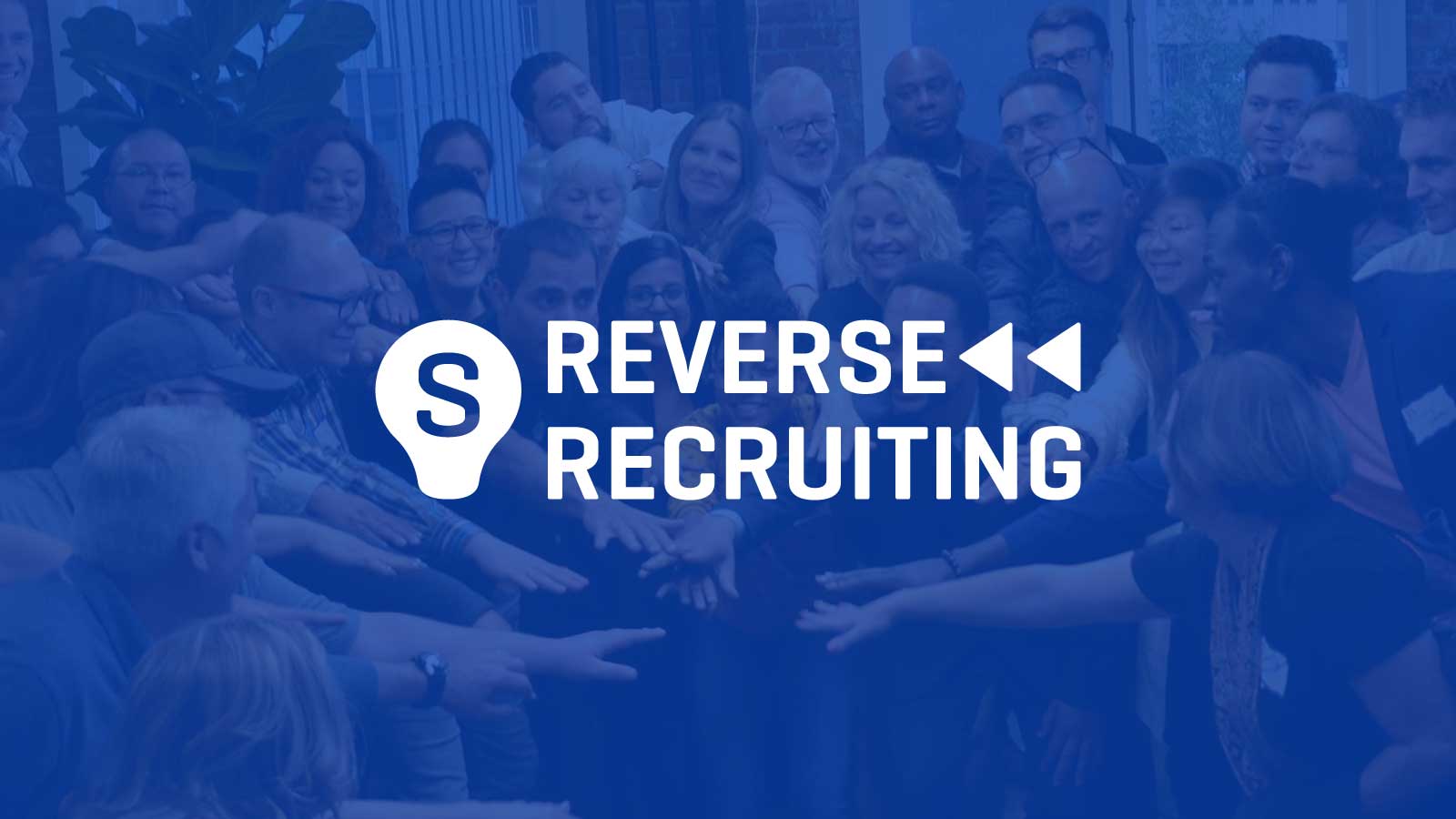Reverse Recruiting: A Fresh Technique to Talent Procurement
Reverse Recruiting: A Fresh Technique to Talent Procurement
Blog Article
Raise Your Hiring Game With Strategic Reverse Recruiting Techniques
In the realm of talent purchase, conventional recruiting approaches have actually long been the norm. Nevertheless, as the landscape of hiring advances, organizations are significantly transforming to ingenious strategies such as critical reverse recruiting to gain an affordable edge in safeguarding top skill. This shift in attitude needs a thoughtful reconsideration of just how companies approach the hiring procedure, concentrating on attracting passive prospects as opposed to exclusively counting on active task hunters. By turning the script and proactively engaging with individuals who may not be proactively looking for new chances, businesses open themselves as much as a swimming pool of untapped potential. This tactical approach not just widens the talent pipeline yet also grows a much more varied and knowledgeable labor force.
Comprehending Strategic Reverse Recruiting
Tactically leveraging the idea of reverse recruiting can significantly boost your organization's skill procurement technique. By turning the standard recruitment strategy on its head, reverse recruiting includes proactively looking for and attracting passive candidates that may not be proactively looking for brand-new possibilities. This aggressive technique allows firms to use a swimming pool of top notch talent that might not be accessible with typical task posts alone.
Comprehending the details of calculated reverse recruiting is essential for its successful implementation. It calls for a deep understanding of the market landscape, competitor analysis, and the details ability that remain in high demand. reverse recruiting. By performing comprehensive research study and leveraging market insights, organizations can recognize and engage with leading ability in a much more customized and targeted manner

Benefits of Reverse Hiring
Reverse recruiting offers an unique approach to ability purchase by proactively involving with passive prospects who might not be proactively looking for task chances. This method permits business to take advantage of a pool of talent that typical recruiting techniques might neglect. Among the crucial advantages of reverse recruiting is the capacity to target prospects who are currently utilized and satisfied in their current functions. These individuals are commonly top entertainers in their particular fields, bringing valuable skills and experience to the table.

Key Elements of Reverse Hiring
Having actually checked out the benefits of reverse recruiting in targeting leading entertainers who are material in their existing duties, it is important to recognize the crucial components that make this method successful in drawing in passive candidates. The very first crucial element is developing a solid company brand name. Passive prospects are typically not actively seeking new possibilities, so having a positive track record as a company can ignite their rate of interest. Leveraging social media sites systems and company review websites to showcase company culture and worths can assist in this respect.
Another vital part is personalized outreach. Since passive candidates are not proactively looking for jobs, common recruitment messages are likely to be neglected. Customizing outreach initiatives to highlight just how the certain abilities and experiences of the candidate line up with the firm's needs can dramatically increase the opportunities of getting their interest.
Furthermore, fostering connections with passive candidates over time is important. On a regular basis involving with them through networking occasions, market seminars, or even periodic check-ins can aid construct rapport and count on, making them much more responsive to potential job chances in the future. By including these key elements right into reverse hop over to here recruiting techniques, companies can effectively draw in and hire top ability from the swimming pool of easy candidates.
Applying Reverse Hiring Strategies

Furthermore, developing compelling employer branding and showcasing a favorable firm society can help attract passive candidates and encourage them to think about new career possibilities. Building a talent community or skill pipeline can additionally be useful in supporting partnerships with passive prospects in time, keeping them engaged and thinking about possible future duties within the company. In general, carrying out reverse recruiting techniques needs a positive and personalized approach to ability purchase, concentrating on establishing purposeful links with passive prospects to drive long-lasting employment success.
Gauging Success backwards Hiring
Effective dimension of success in hiring methods requires a comprehensive examination of key performance indications and metrics to evaluate the effect and performance of skill procurement efforts. In the context of reverse recruiting, certain metrics can supply beneficial insights into the performance and effectiveness of the approach. One vital metric is the top quality of candidates involved with reverse recruiting networks. By gauging the conversion rate of easy prospects right into active applicants or works with, companies can gauge the effectiveness of their reverse recruiting initiatives.
Monitoring retention prices among candidates hired via reverse techniques can offer insights into the long-term success of the strategy. High retention rates suggest that the prospects sourced via reverse recruiting are an excellent fit for the company, contributing favorably to its total talent swimming pool.
Conclusion
In conclusion, strategic reverse recruiting provides a distinct technique to working with that concentrates on attracting top article leading talent via positive interaction and relationship-building. By leveraging this method, companies can gain an one-upmanship in the skill market and boost their recruitment end results. It is vital to understand the benefits, vital components, and methods of reverse recruiting to successfully implement and gauge success in this cutting-edge technique to hiring.
Report this page